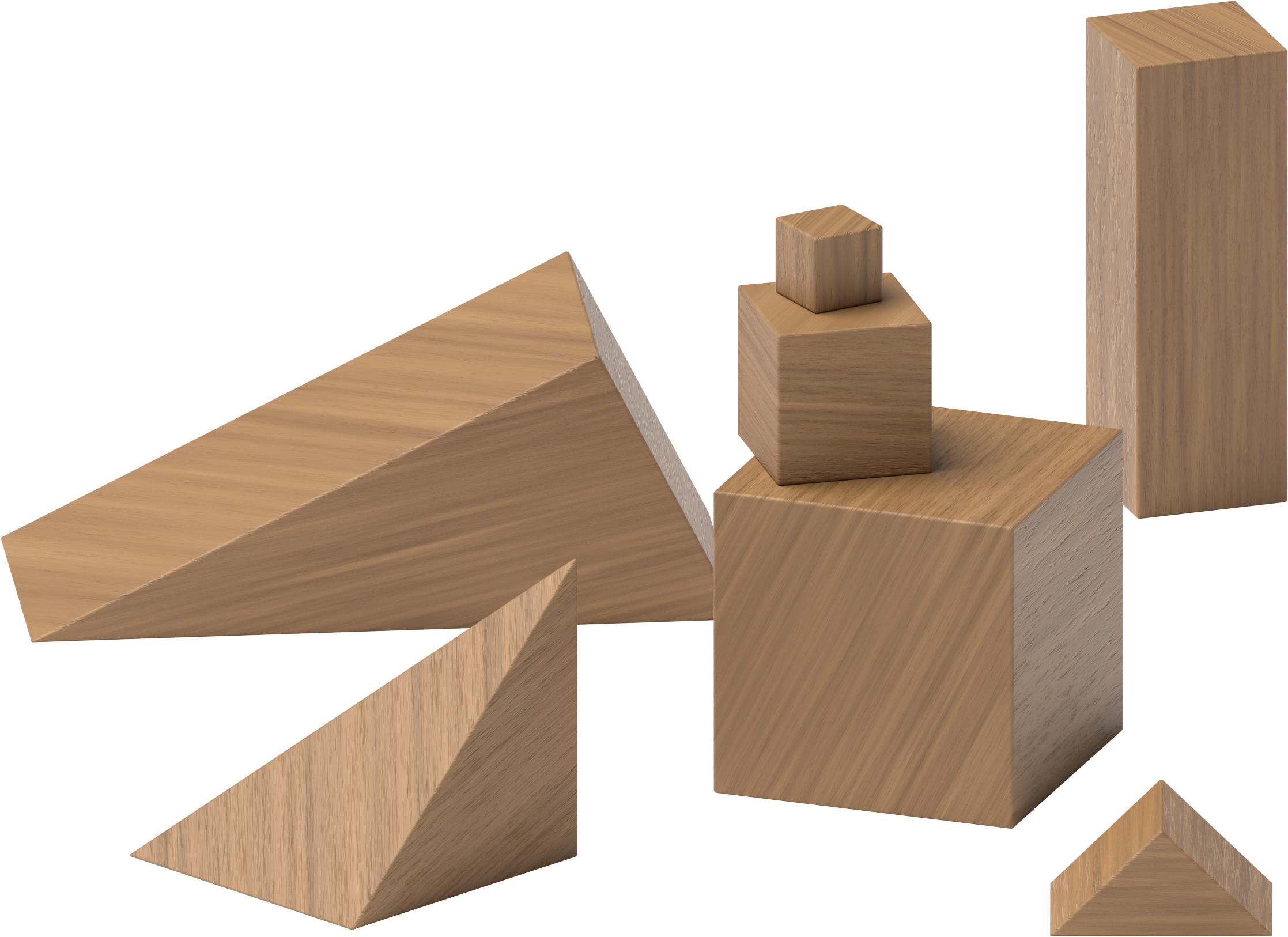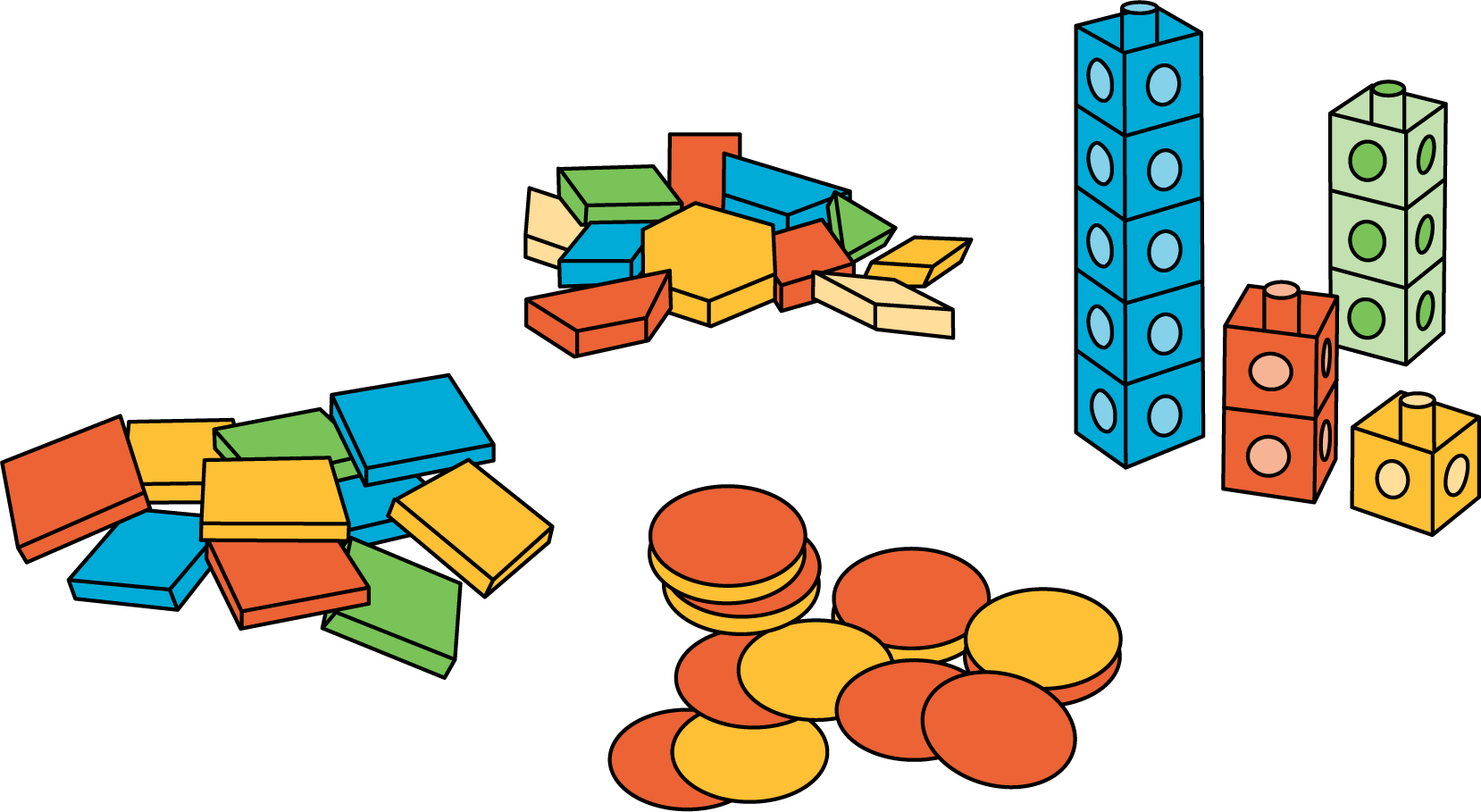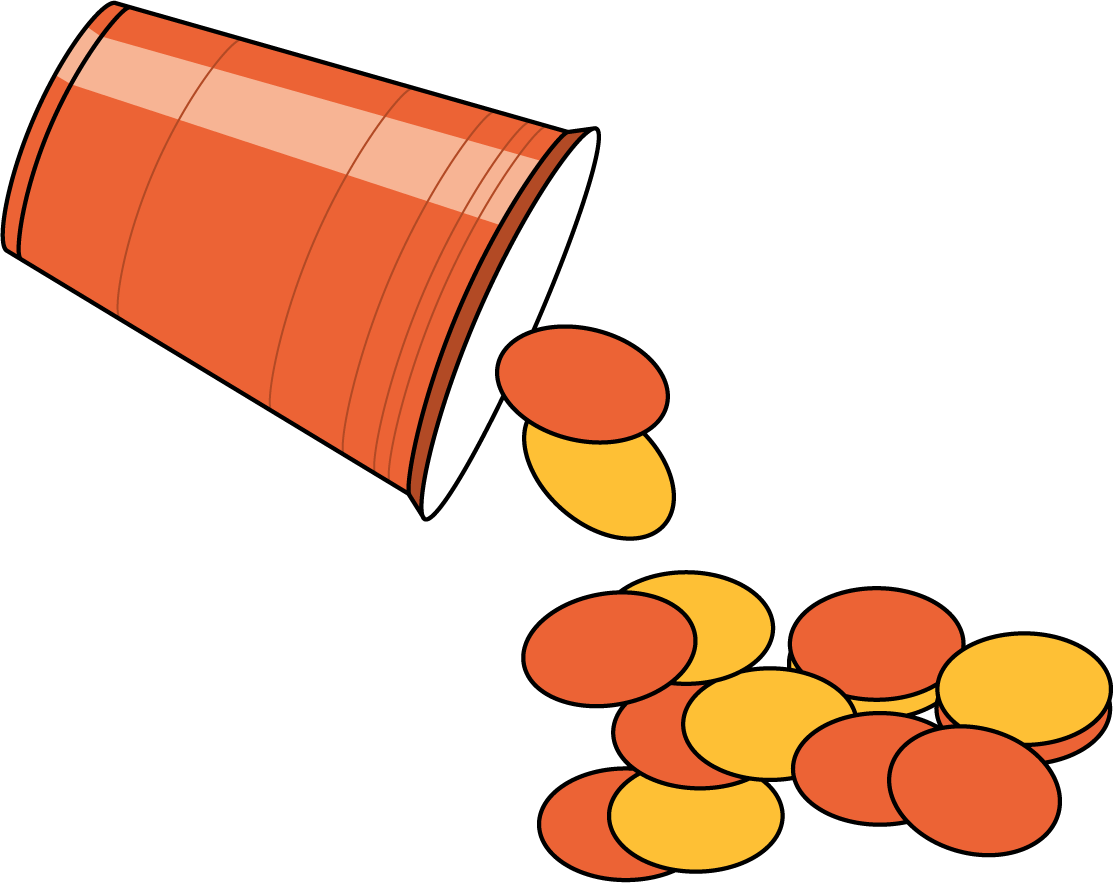Lesson 11
Compare and Sort Solid Shapes
Warm-up: What Do You Know About Cylinders? (10 minutes)
Narrative
Required Preparation
- Gather a cylinder to display.
Launch
- Display a cylinder.
- “What do you know about this shape?”
- 1 minute: quiet think time
Activity
- Record responses.
Student Response
For access, consult one of our IM Certified Partners.
Activity Synthesis
- “One thing that we know about a cylinder is that it can roll. Can you think of other solid shapes that can roll?” (A sphere or a ball.)
Activity 1: Compare Solid Shapes (10 minutes)
Narrative
- size
- orientation (“the point is facing down”)
- flat and curved surfaces
- square, triangular, or circular faces
- corners
- “points” (pyramids and cones)
The purpose of the activity synthesis is to share attributes students used to compare shapes. Consider making a list of different ways students compared shapes and remind them of some of these attributes during the next activity.
Supports accessibility for: Visual-Spatial Processing
Required Materials
Materials to Gather
Required Preparation
- Each group of 2 students needs at least 6-8 solid shapes.
- Gather a cone, a cube, and two different cylinders to display in the activity synthesis.
Launch
- Groups of 2
- Give each group of students at least 6-8 solid shapes.
- “Choose two shapes. Tell your partner at least one way the shapes are alike, or the same, and one way that they are different. Show your thinking with drawings or words.”
- 1 minute: quiet think time
- 2 minutes: partner discussion
Activity
- “Take turns choosing two shapes and telling your partner at least one way that the shapes are alike and one way that the shapes are different. Show your thinking with drawings or words.”
- 5 minutes: partner work time
- Monitor for students who compare shapes based on their size, corners, points, and number of flat faces.
Student Facing
| alike | different |
|---|---|
|
____________________ |
____________________ |
|
____________________ |
____________________ |
|
____________________ |
____________________ |
Student Response
For access, consult one of our IM Certified Partners.
Activity Synthesis
- Display a cone and a cube.
- “What is alike, or the same, about these shapes? What is different?” (Both have a flat side. The cube has many points and this shape only has one point.)
- Display 2 different cylinders, one that is thin and tall and one that is wide and short.
- “Describe these shapes to your partner.” (They both have circles on them. They are both solid shapes. One is shorter. One is thinner.)
- “These shapes are both cylinders.”
Activity 2: Sort Solid Shapes (15 minutes)
Narrative
- shapes that roll and shapes that do not roll.
- shapes with a sharp point and shapes that do not have a sharp point.
- shapes with a circular face and shapes that do not have a circular face.
- shapes with a square face and shapes that do not have a square face.
- shapes with all flat faces and shapes that have some faces that are not flat.
If the sorting mat provided in the student workbook is too small for students to sort the shapes, consider giving students two pieces of construction paper, or ask students to keep the two groups separate in their work area.
Advances: Listening; Speaking
Required Materials
Materials to Gather
Required Preparation
- Each group of 2 students needs at least 6-8 solid shapes from the previous activity.
Launch
- Groups of 2
- Give each group of students a collection of at least 6-8 solid shapes.
- “Work with your partner to sort the shapes into two groups. Write a number to show how many shapes are in each group.”
- 1 minute: quiet think time
- 3 minutes: partner work time
Activity
- “Think of a name for each group of shapes that describes why you put those shapes together. You can write the name above each group. ”
- 1 minute: independent work time
- “Pair up with another group. Explain to them which shapes you put together and why.”
- 4 minutes: small-group work time
- “Sort your shapes in a different way.”
- 1 minute: quiet think time
- 3 minutes: partner work time
- Monitor for students who sort the shapes based on attributes, as described in the activity narrative.
Student Facing
_____________________
_______________

_____________________
_______________
Student Response
For access, consult one of our IM Certified Partners.
Activity Synthesis
- Invite selected students to share how they sorted their shapes.
- As students share, ask questions such as:
- “What is the same about all of the shapes in this group?” (They all have squares on them.)
- “Why do you think they named this group _______.”
- “Why did you put this pyramid in this group instead of the other group?” (Because it has a square on the bottom.)
Activity 3: Introduce Geoblocks, Feel and Guess (15 minutes)
Narrative
The purpose of this activity is for students to learn stage 4 of the Geoblocks center. Students feel the shape without looking at it and guess the shape. Students may name the same (“It’s a cube.”) or describe an object that looks like the shape (“This is shaped like a box.”).
After they participate in the center, students choose from any stage of previously introduced centers.
- Counting Collections
- Match Mine
- Shake and Spill
Required Materials
Materials to Gather
Required Preparation
- Place 4-6 different solid shapes into a bag that is not see-through for each group of 2 students.
- Gather materials from:
- Counting Collections, Stage 1
- Match Mine, Stage 1
- Shake and Spill, Stages 1-4
Launch
- Groups of 2
- Give each group of students a bag containing 4-6 solid shapes.
- “We are going to learn a new way to do the Geoblocks center. It is called Geoblocks, Feel and Guess.”
- “One partner will reach into the bag and feel one shape without looking at it. Feel the shape until you can guess which shape it is. Once you guess, remove the shape and show it to your partner. If your partner agrees, put the shape back into the bag, and switch roles.”
Activity
- 5 minutes: center work time
- “Now you can choose another center. You can also continue playing Geoblocks.”
- Display the center choices in the student book.
- Invite students to work at the center of their choice.
- 8 minutes: center work time
Student Facing
Choose a center.
Geoblocks

Counting Collections

Match Mine

Shake and Spill

Activity Synthesis
- “Which do you enjoy more: figuring out which shape it is by feeling it or by listening to clues from your partner?”
Lesson Synthesis
Lesson Synthesis
Display 2 sets of shapes, a set of shapes with all flat sides (prisms and pyramids) and a set of shapes with at least one curved side.
“I sorted these shapes into 2 groups. Why do you think that I put all of these shapes together and all of these shapes together?” (All of those shapes have flat sides. All of the other shapes are round in some parts.)
Display a half sphere.
“Which category would you put this shape in? Why?” (I would put it with the shapes with a round side. It has one flat side and the rest is round or curved.)
Display a pyramid.
“Which category would you put this shape in? Why?” (I would put it with the shapes with flat sides. Each side of the pyramid is flat.)
Cool-down: Unit 7, Section B Checkpoint (0 minutes)
Cool-Down
For access, consult one of our IM Certified Partners.